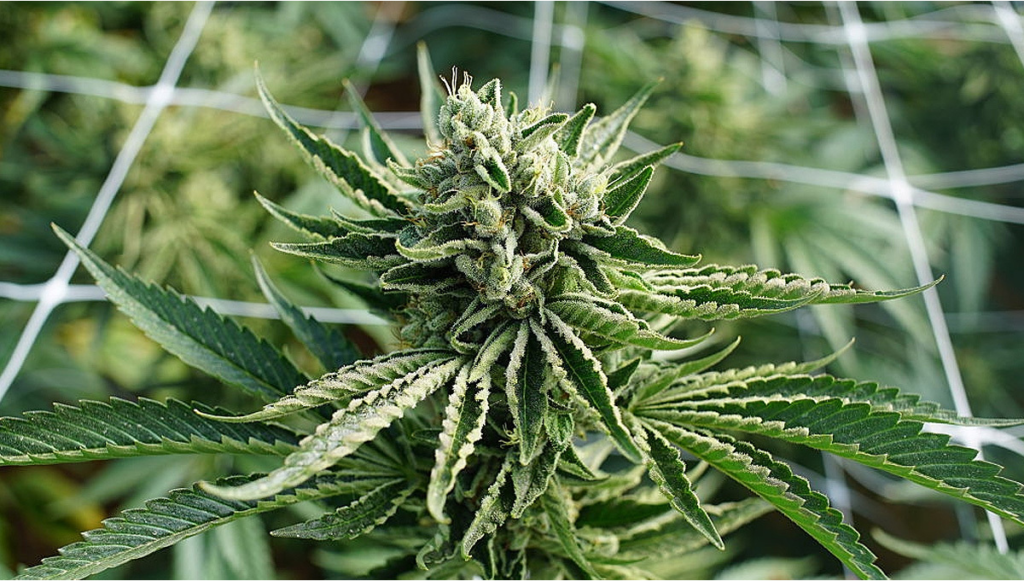 In the dynamic world of marijuana consumption, the cannabis flower stands as the epitome of the plant’s natural and diverse offerings. This article delves into the captivating world of marijuana buds, exploring their anatomy, characteristics, and the rich experiences they offer to enthusiasts.
In the dynamic world of marijuana consumption, the cannabis flower stands as the epitome of the plant’s natural and diverse offerings. This article delves into the captivating world of marijuana buds, exploring their anatomy, characteristics, and the rich experiences they offer to enthusiasts.
What is a Cannabis Flower?
At the heart of the weed plant lies its most revered and sought-after component—the flower. Also known as the bud, the cannabis flower is the reproductive organ of the plant and is teeming with cannabinoids, terpenes, and flavonoids, each contributing to the unique effects and flavors associated with different strains.
Anatomy of a Marijuana Bud
Understanding the anatomy of a marijuana bud is crucial for enthusiasts and connoisseurs. The flower comprises several key components, including the calyx, where cannabinoids are most concentrated, and the trichomes, tiny hair-like structures that house the plant’s potent compounds. The pistils, or hair-like structures protruding from the calyx, add to the visual allure of the flower.
Understanding Cannabinoids
Cannabinoids are the chemical compounds found in marijuana buds that interact with the human endocannabinoid system, producing various effects. THC (tetrahydrocannabinol) is the most well-known cannabinoid, responsible for the plant’s psychoactive effects, while CBD (cannabidiol) offers non-intoxicating therapeutic properties. Other cannabinoids, such as CBG (cannabigerol) and cannabinol (CBN)contribute to the diverse effects of different strains.
Terpenes For Aromas
Terpenes are aromatic compounds found the buds, responsible for their distinctive scents and flavors. From the citrusy notes of limonene to the calming aroma of myrcene, terpenes contribute not only to the sensory experience but also to the nuanced effects of each strain. The entourage effect, where cannabinoids and terpenes work synergistically, enhances the overall therapeutic potential of the cannabis flower, whether you consume as pre-rolls or edibles.
Consumption Methods: From Smoking to Edibles
While smoking remains a traditional method of consuming buds, innovations in the industry have introduced various alternatives. Vaporization, edibles, tinctures, and topicals provide diverse options for users seeking specific effects or those avoiding inhalation. Each method allows individuals to tailor their weed experience to their preferences and lifestyle.
The Importance of Strain Selection
The vast array of cannabis strains available highlights the importance of selecting the right flower for individual preferences and desired effects. Sativa strains are often associated with energizing and uplifting effects, while indica strains tend to offer relaxation and sedation. Hybrid strains combine elements of both, providing a balanced experience.
The Entertwined Culture and Cannabis Flowers
Cannabis flowers have been integral to cultural practices and rituals throughout history. From ancient civilizations to modern times, the plant has been revered for its medicinal effects, spiritual, and recreational attributes. Today, the evolving culture embraces the diversity of strains and consumption methods, fostering a community built on shared experiences and a profound appreciation for the plant.
Final Thoughts
As individuals navigate the diverse world of marijuana products, the cannabis flower remains a timeless and cherished component, offering a wealth of experiences and benefits. From its intricate anatomy to the vast array of strains and consumption methods, the bud stands as a testament to the plant’s natural diversity. By understanding what is a cannabis flower, enthusiasts can make informed choices, savoring the rich tapestry of effects, flavors, and cultural significance that this remarkable plant has to offer.